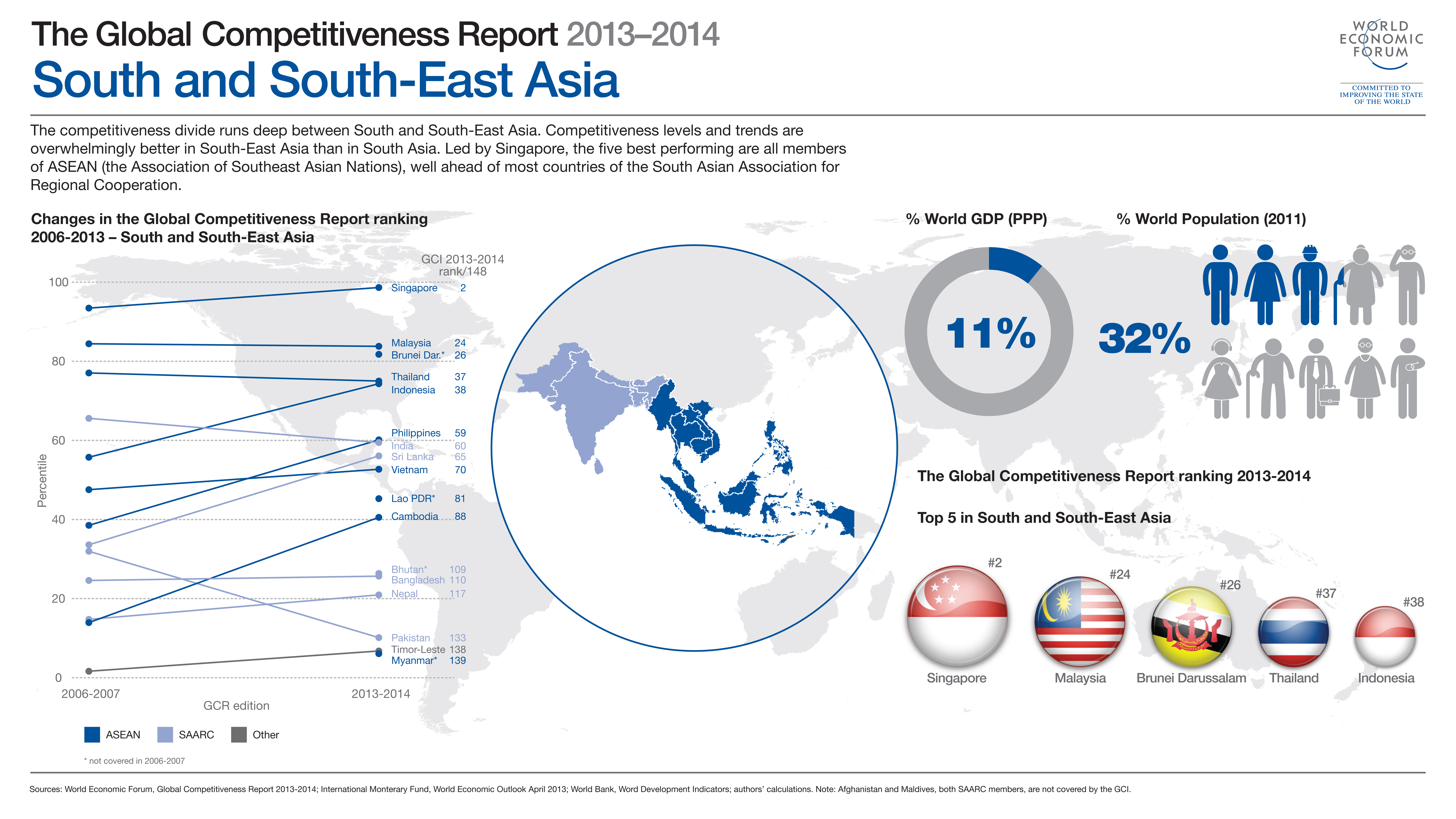[caption id="attachment_2506" align="alignleft" width="158"]

Catalog of the Joan MIró exhibition in Taiwan[/caption]
On June 26th, 2013 we had the pleasure to visit the first exhibition ever organized in
Taiwan of the works of
Catalan painter Joan Miró (胡安·米羅), on display until September 25th, 2013 at the
National Museum of History in
Taipei (台北). The exhibition, entitled "
Women, Birds, Stars" and curated by Jordi Joan Clavero, compiles 86 artworks from the
Fundació Joan Miró in
Barcelona and from the
Miró family collection, that mostly reveal
Miró’s mature style of the 60s and 70s, when women, birds and stars became the major motifs of his artistic expression. "
Women, Birds, Stars" is scheduled to travel later to
Kaohsiung (高雄) and
Taichung (台中).
We arrived at the
National Museum of History around 3 pm, 30 minutes before the start of the guided tour. We were already impressed from the start by the colourful banners in the surrounding streets announcing the exhibition and, as we got closer to the museum, we were also delighted by the beautiful decoration around it, something that would immediately grab the people's attention and invite them to get in. During this 30-minute wait, were able to roam free around the different rooms and have a preview of the whole exhibition. We were wondering which would be the degree of interest of the local residents to see the paintings of such a distant artist and when it was time for the guided tour we got the final answer: packed. Between 3:30 pm and 4:45 pm at least 4 simultaneous guided groups of 20 people each were circulating around the different rooms and receiving very accurate and illustrative explanations -in
Chinese- by the museum guides about
Joan Miró, his art and the meaning of his paintings.
We really enjoyed the exhibition and its atmosphere. We were deeply moved by the care, respect and passion that the organizers and the guides put into it and into spreading the word about the art of
Joan Miró and its meaning and legacy in such a faraway country as
Taiwan.
[caption id="attachment_2505" align="aligncenter" width="470"]

The Sinalunya team while visiting the Joan Miró exhibition in Taipei[/caption]
[caption id="attachment_2507" align="aligncenter" width="458"]

The tickets for the Joan Miró exhibition in Taipei[/caption]
[caption id="attachment_2508" align="aligncenter" width="517"]

The National Museum of History in Taipei that holds the exhibition on the art of Joan Miró[/caption]
[caption id="attachment_2556" align="aligncenter" width="517"]

The Sinalunya team and our friend 徐小潭 at the Joan Miró exhibition in Taipei[/caption]
 "Transformacions del cinema xinès", a Chinese cinema cycle at the Filmoteca de Catalunya[/caption]
"Transformacions del cinema xinès", a Chinese cinema cycle at the Filmoteca de Catalunya[/caption] Transformacions del cinema xinès at the Filmoteca de Catalunya[/caption]
Transformacions del cinema xinès at the Filmoteca de Catalunya[/caption]








